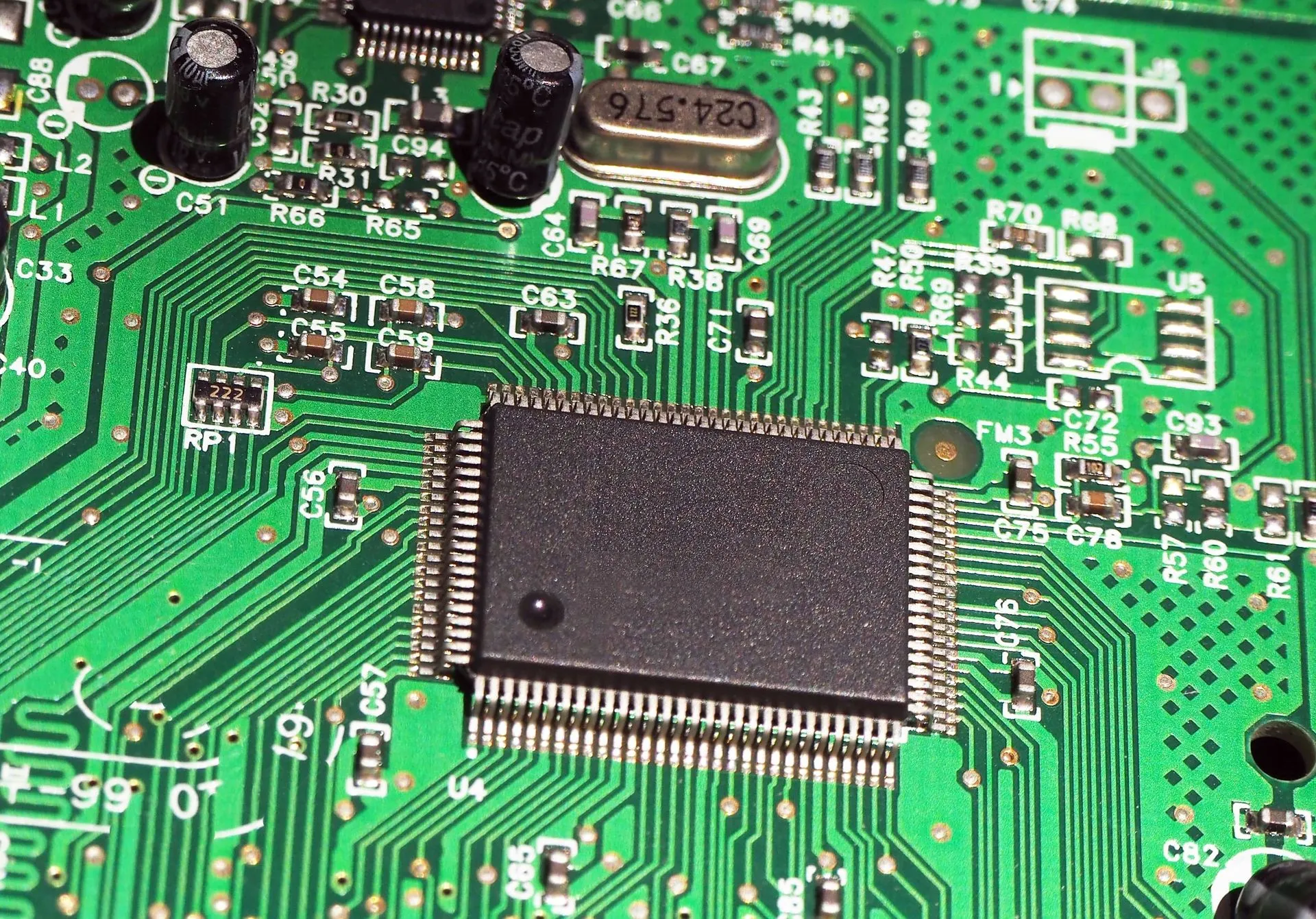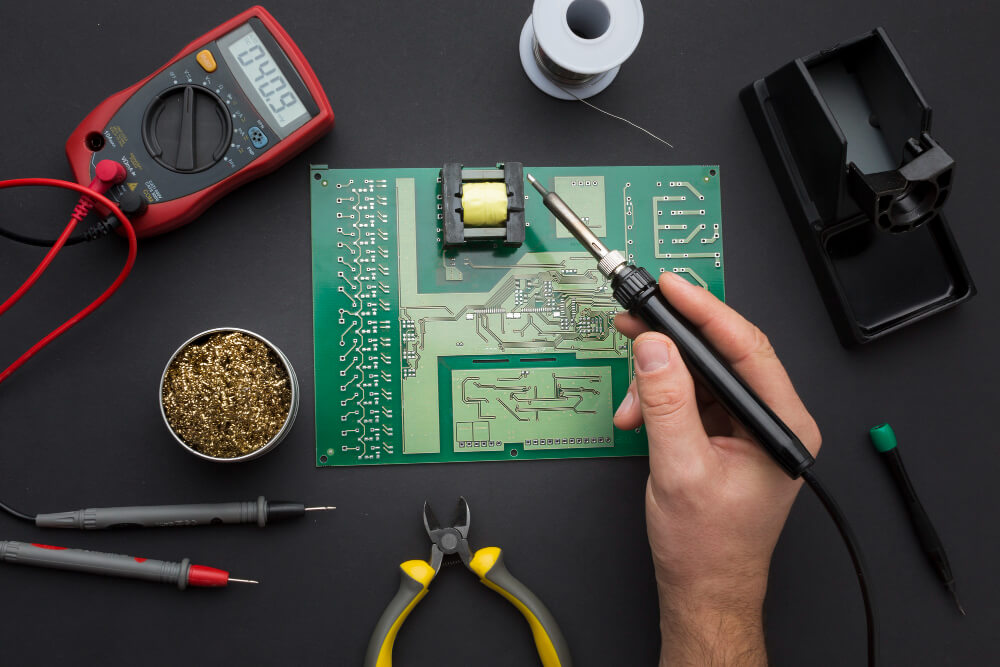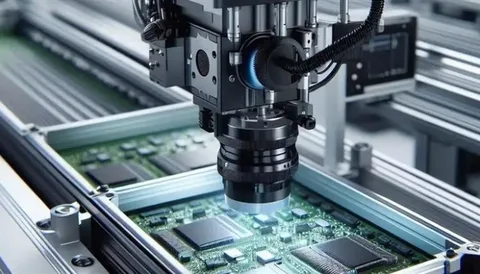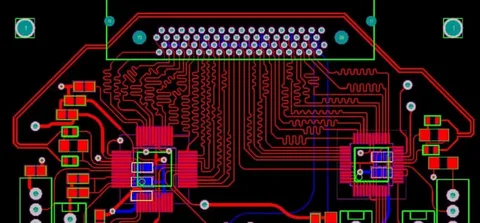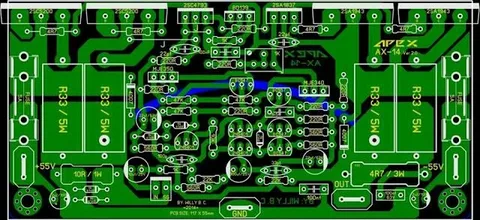In the modern era of rapid technological advancement, electronics have become the backbone of industrial growth and automation. From manufacturing to logistics, energy management to quality control, electronics in industrial applications have transformed traditional operations into intelligent systems that enhance productivity, efficiency, and safety. As industries continue to evolve, the integration of sophisticated electronic systems becomes increasingly essential for maintaining competitiveness in a fast-paced market.
Evolution of Electronics in Industrial Applications
The journey of electronics in industry began with the advent of basic automation in the early 20th century. Initially, industries relied on mechanical systems for tasks like assembly, packaging, and monitoring. However, with the development of semiconductors, microcontrollers, and embedded systems, electronics made it possible to automate complex tasks with high precision and minimal human intervention.
Over the decades, industries have moved from basic relay-based systems to programmable logic controllers (PLCs), and now to smart systems incorporating artificial intelligence (AI), Internet of Things (IoT), and machine learning. This transition underscores the increasing reliance on electronics in industrial applications to manage, control, and optimize operations.
Key Areas Where Electronics Play a Crucial Role
1. Automation and Control Systems
One of the most significant contributions of electronics is in automation and control. Devices such as PLCs, sensors, actuators, and Human-Machine Interfaces (HMIs) allow factories to automate complex processes. These systems ensure consistency in production, reduce human error, and enable 24/7 operation. Whether it’s temperature regulation, pressure control, or motion management, electronics make real-time monitoring and adjustments possible.
2. Power Electronics
Power electronics manage the conversion and control of electrical power. This is crucial in industries that rely on variable speed drives, inverters, and uninterruptible power supplies (UPS). These systems optimize energy use and protect critical machinery from power disturbances, reducing downtime and maintenance costs. The role of electronics in industrial applications is particularly evident here, where efficiency and reliability are key.
3. Robotics and Mechatronics
Robotic systems are heavily dependent on electronic components such as sensors, controllers, and feedback devices. In manufacturing, robots handle tasks like welding, painting, and assembly with high precision. Electronics enable these machines to interact with their environment, make decisions, and carry out complex tasks with minimal oversight. Mechatronics, which combines mechanical engineering, electronics, and computing, is an interdisciplinary field that exemplifies how electronics drive industrial innovation.
4. Industrial IoT (IIoT)
The Industrial Internet of Things is reshaping how factories operate by connecting devices and machines to the internet. Sensors collect data on performance, environmental conditions, and machine status, which is then analyzed to optimize processes and predict maintenance needs. Through IIoT, electronics in industrial applications contribute to smarter, data-driven decision-making.
5. Safety and Surveillance Systems
Worker safety and asset protection are vital in any industrial environment. Electronics power a wide range of safety systems, including emergency stop circuits, fire detection systems, access control, and video surveillance. These systems not only comply with regulatory standards but also provide real-time alerts to prevent accidents and respond to incidents swiftly.
6. Quality Control and Inspection
High-resolution cameras, laser measurement systems, and automated inspection devices all rely on electronics to ensure product quality. These systems can detect defects, measure dimensions, and verify alignment with astonishing accuracy. The integration of AI further enhances quality control by enabling systems to learn and adapt over time.
7. Communication and Data Management
Efficient communication between machines, systems, and operators is crucial for coordinated operations. Electronics enable seamless data exchange through protocols like Ethernet, Modbus, and PROFIBUS. Industrial computers and cloud-based platforms store and analyze vast amounts of data, allowing for predictive maintenance, resource optimization, and operational transparency.
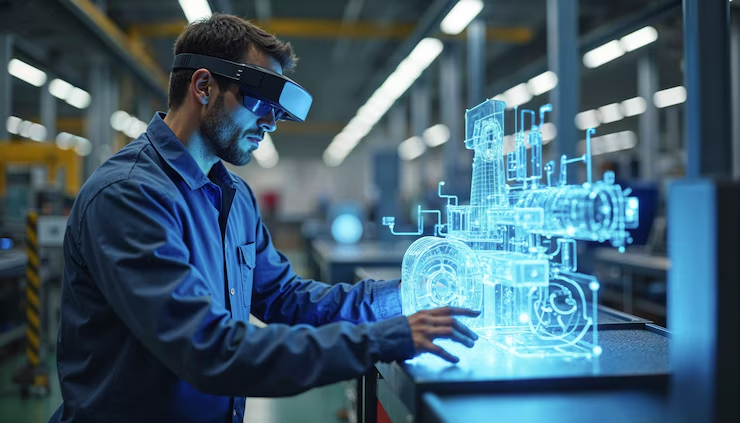
Benefits of Using Electronics in Industrial Applications
The benefits of integrating electronics in industrial applications are far-reaching:
- Increased Productivity: Automated systems operate continuously, reducing cycle times and boosting output.
- Cost Efficiency: Electronics optimize energy usage and minimize waste, reducing operational costs.
- Precision and Consistency: Advanced control systems ensure consistent quality across products.
- Flexibility: Programmable systems can be easily reconfigured for different tasks or production lines.
- Enhanced Safety: Real-time monitoring and automatic shutdowns prevent accidents and equipment damage.
- Predictive Maintenance: Sensors and analytics can forecast potential issues before they result in costly downtime.
Challenges in Implementing Industrial Electronics
Despite their advantages, the implementation of electronics in industrial settings is not without challenges:
- Integration Complexity: Merging electronic systems with legacy equipment requires careful planning and customization.
- Cybersecurity Risks: With increased connectivity, industries become vulnerable to cyber-attacks, necessitating robust security measures.
- High Initial Investment: While long-term savings are significant, the upfront cost of electronic systems can be a barrier for smaller companies.
- Technical Expertise: Skilled personnel are needed to install, maintain, and troubleshoot electronic systems.
Future Trends in Industrial Electronics
As technology evolves, the role of electronics in industrial applications will continue to expand. Key trends shaping the future include:
- Artificial Intelligence: AI algorithms will be used to improve process control, fault detection, and decision-making.
- Edge Computing: Processing data closer to the source (edge devices) will reduce latency and enhance real-time decision-making.
- 5G Connectivity: Faster and more reliable communication networks will support complex industrial automation and IIoT applications.
- Augmented Reality (AR): AR-powered electronics will assist in remote maintenance and training, reducing downtime and travel costs.
- Sustainable Manufacturing: Electronics will play a key role in tracking energy consumption and optimizing resources to meet environmental standards.
Conclusion
The integration of electronics in industrial applications is more than a technological advancement—it is a strategic necessity. From enhancing productivity and safety to enabling real-time decision-making and predictive maintenance, electronics empower industries to reach new heights of efficiency and innovation. As industries continue to adopt cutting-edge technologies, the demand for reliable, intelligent, and integrated electronic solutions will only grow.
At Qual Pro, we understand the critical importance of electronics in driving industrial success. Our commitment to quality and innovation ensures that we deliver robust electronic solutions tailored to meet the evolving needs of modern industry. With a focus on performance, reliability, and customer satisfaction, Qual Pro stands at the forefront of industrial electronics, helping businesses unlock their full potential in an increasingly competitive world.

